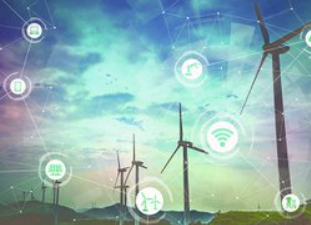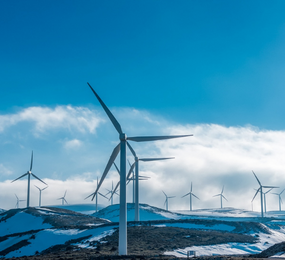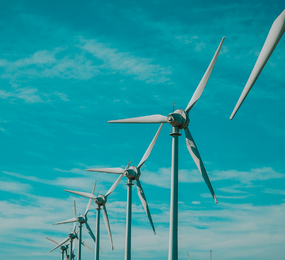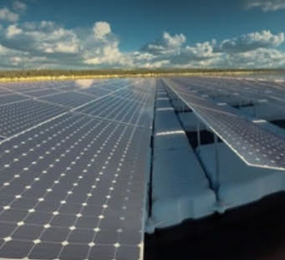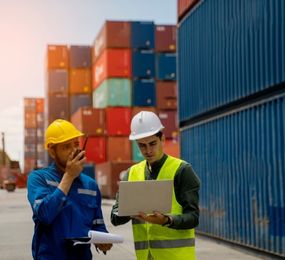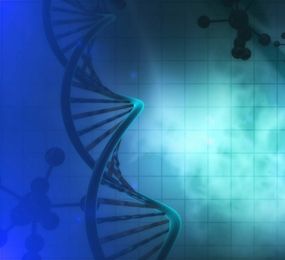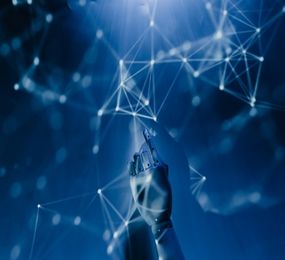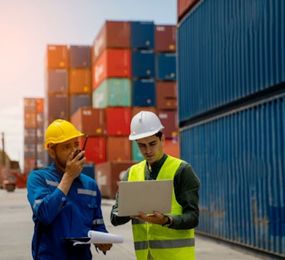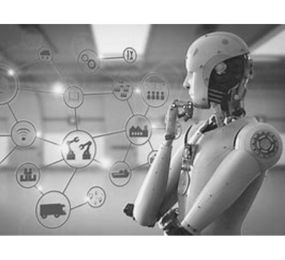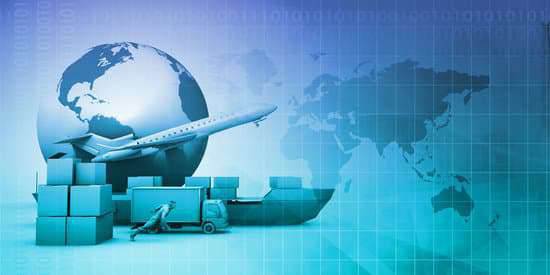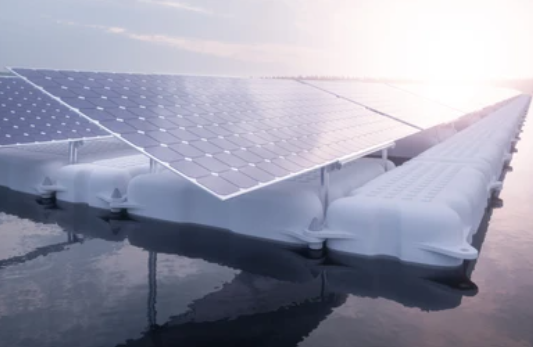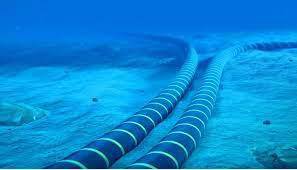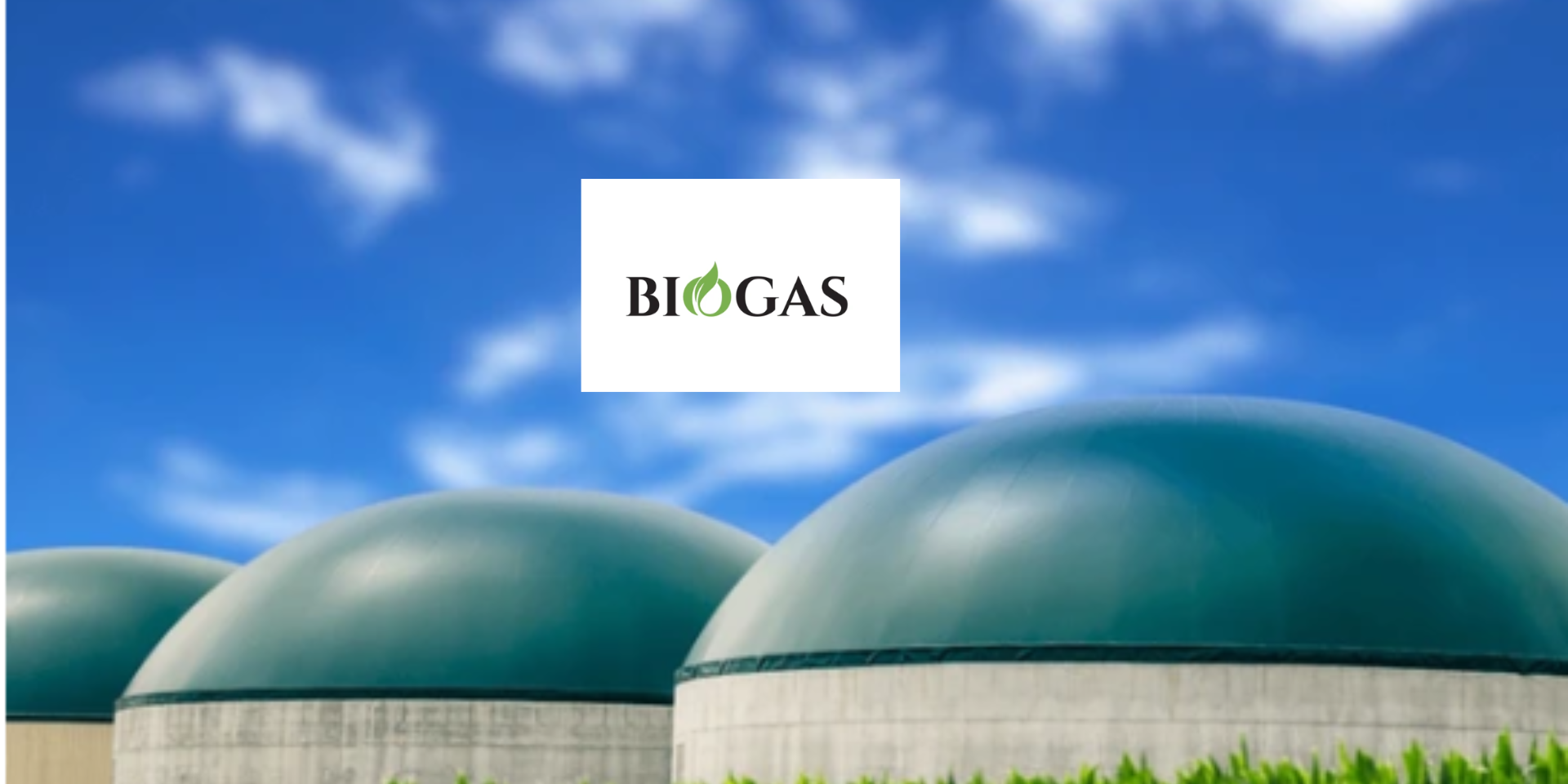Climate change and the general health of the environment, over the years, have become a growing concern around the world. Thus pushing governments and corporations toward more renewable sources of energy, like wind and solar. As more people start to rely on these renewable energy sources, the cost of operations and maintenance will inevitably rise, which has left manufacturers and energy suppliers in a bit of a pickle. Luckily, the world is going through a rapid digitalization, with big players like Industrial IoT (Internet of Things), Artificial intelligence and Intelligent automation providing newer and more efficient ways to conduct our everyday businesses.
A typical wind power plant would include multiple wind turbines, which are basically spinning blades attached to a turbine that turns and generates power. Countries like Scotland and Denmark have already harnessed the power of with to produce at least 50% of their total electricity supply, making it a reliable alternative to coal, oil and nuclear.
However, with efficiency come constraints. Constructing wind farms are extremely expensive and to increase energy outputs from your turbines, offshore (at sea) installations are favoured over onshore (on land) installation, which costs a considerable amount more to setup.
Inspection and maintenance are another crux in the wind farm ecosystem. In the planning of any wind farm installation, a predictive maintenance plan is put in place to estimate how long a wind turbine can run before needing maintenance. Environmental factors like very high winds, storms or hurricanes can cause unforeseen damages and require unexpected maintenance calls and downtime that could cost energy suppliers a pretty penny.
HOW CAN NEW TECHNOLOGIES SOLVE THESE ISSUES?
Digitalization has brought with it new concepts that change how typical tasks can be accomplished. Technologies like Artificial Intelligence (AI) coupled with Intelligent Automation are now used to handle redundant and repetitive tasks that would have taken multiple hours of manpower.
The need for interconnectivity and interoperability of devices gave birth to the Internet of Things (IoT). Connecting regular devices and appliances to the internet, allowing it to collect and transmit data while also giving us remote control of said device.
The renewable energy sector was not left behind in this mass digitalization, wind turbines can now be coupled with IoT sensors that constantly monitor the performance of these turbines and gather data on the functioning of these turbines for advanced analytics.
These IoT sensors monitor changes in structural conditions that could pose a functionality risk. This data can then be used to improve incident management, schedule preventive maintenance or repairs and improve emergency responses.
The data collected by these sensors also help machine learning algorithms predict early warning signs about turbine housing integrity, bearing temperatures and wirings above and below water.
By increasing automation, wind farms can put in place systems that can make real life adaptive changes based on the Ai’s advanced analytics and predictive algorithms. This will enable wind farm operators to reduce human operational risks and control costs.
In the case of offshore wind farms, the unpredictability of environmental factors contribute in hindering the conduct of routines/timely maintenance checks on each individual turbine.
Autonomous drones are also making their way in the wind farm ecosystem. Drones equipped with Artificial Intelligence support are now able to conduct effective routine inspections of wind turbines, especially offshore turbines situated in areas that pose a dangerous risk to human lives.
USE CASES FOR NEW TECHNOLOGY IN THE WIND FARM ECOSYSTEM
- The Supervisory Control and Data Acquisition (SCADA) uses machine learning to getter real time data to identify possible turbine malfunctions far enough in advance to prevent failure
- ABB have applied robotics and automation to speed up the manufacturing of wind turbines which allow more production in less days.
- The Romeo project is an initiative that leverages IoT and predictive machine learning algorithms to reduce the costs of operation and maintaining offshore wind farms.


